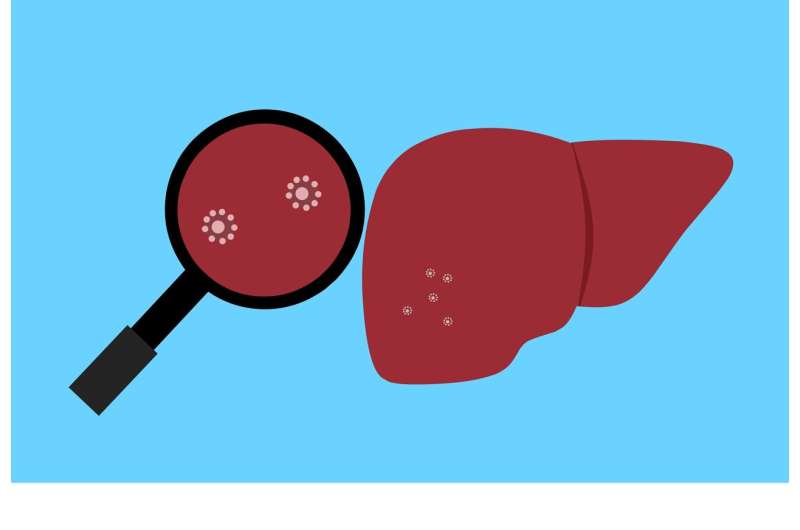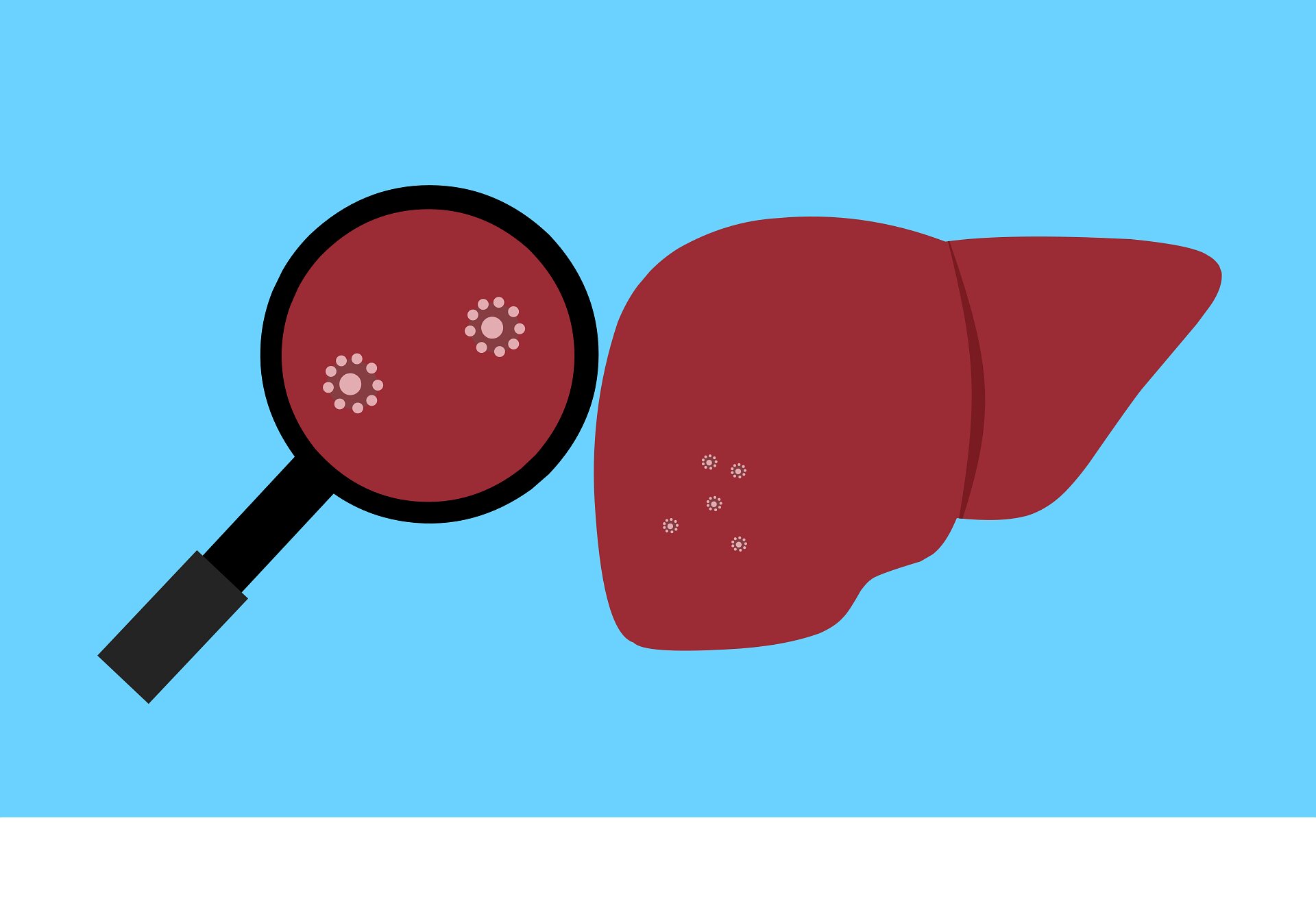
Canadian scientists have found a new link between two major metabolic diseases: diabetes and steatotic liver disease, commonly known as fatty liver disease.
Published in Diabetes, research into the two diseases by Université de Montréal medical professor Jennifer Estall and her team at the Montreal Clinical Research Institute (IRCM) identifies potential new biomarkers and targets for therapy.
Led by first author Aysim Gunes, a research associate in Estall’s lab, the study revealed an abnormally high presence of proteins called sIL-6R and sgp130 in the blood of patients with steatotic liver disease, and even higher levels in those with diabetes.
The team was able to establish that high sugar and lipids—which are found in diabetes—trigger different types of liver cells to produce these proteins, which are involved in controlling inflammation.
Most strikingly, the study revealed that sgp130 concentration in bloodstream is a very good indicator of liver damage in both men and women, suggesting this protein could also be a good circulating biomarker of liver disease.
Affecting one in four people, steatotic liver disease is a metabolic health condition in which fat and scar tissue build up in the liver. With few apparent symptoms, the disease is known to cause significant damage to the liver over time, ultimately impacting drug metabolism and toxin detoxification, as well as increasing cancer risk.
With no sensitive ways to measure the liver damage in its early stages, the disease is difficult to diagnose early on, when it is still reversible through diet, exercise or medication. Current biomarkers for steatotic liver disease only detect the later stages of liver disease, and many of these show up differently in men than in women.
“We have a long-standing interest in understanding how steatotic liver disease is linked to type 2 diabetes,” said Estall, director of the IRCM’s molecular mechanisms of diabetes research unit.
“Our new study suggests a possible explanation for why fatty liver disease is more prevalent in people living with diabetes, and why having diabetes seems to worsen metabolic liver disease. It also provides a promising new way to detect liver damage in patients with metabolic disease,” Estall continued.
Added Gunes, “Our discovery of a new and efficient biomarker of liver damage in earlier stages of steatotic liver disease could pave the way for new non-invasive tests to diagnosis the disease earlier.”
Besides the team at IRCM, the project involved a large network of researchers, clinicians, and patient partners in many different research institutes, provinces (Quebec and Ontario) and countries (Canada, Turkey, Israel).
More information:
Aysim Gunes et al, IL-6 trans-signaling is increased in diabetes, impacted by glucolipotoxicity and associated with liver stiffness and fibrosis in fatty liver disease, Diabetes (2023). DOI: 10.2337/db23-0171
Journal information:
Diabetes
Source: Read Full Article
